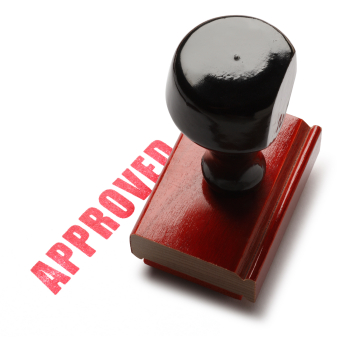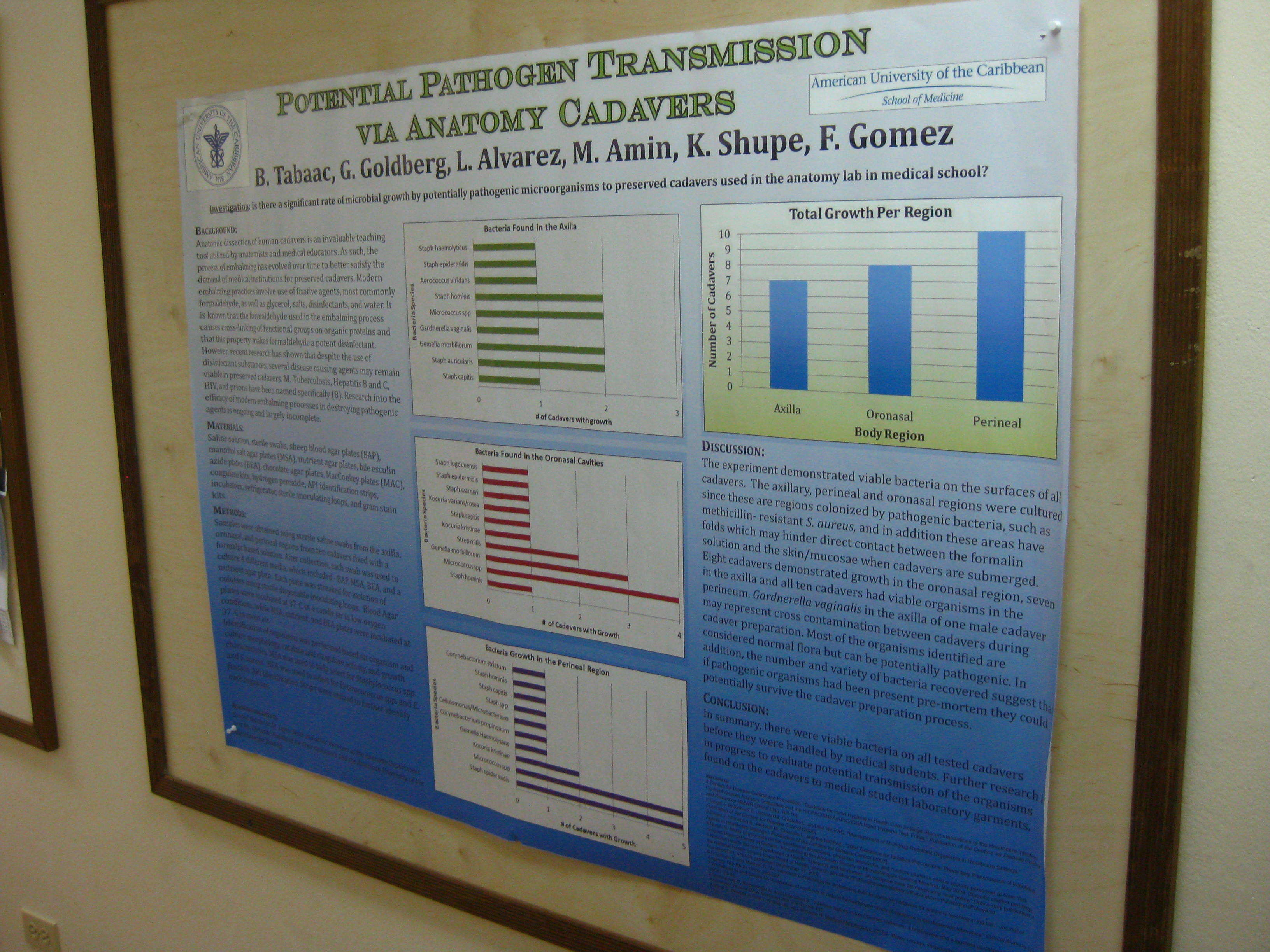How to Apply for Residency
 In order to practice medicine in the US, all graduates must go through an ACGME-accredited residency program at a US teaching hospital after graduating from medical school. There are two main ways to get a residency:
In order to practice medicine in the US, all graduates must go through an ACGME-accredited residency program at a US teaching hospital after graduating from medical school. There are two main ways to get a residency:
1. Match
Most US hospitals and students participate in the Main Match. To participate in the match, during our 4th year of med school, we apply to residency programs via the ERAS website. For all the hospitals we interview at, we rank the hospitals to our preference on the National Resident Matching Program (NRMP) website. The hospital does the same and ranks the students that they interviewed to their preference. The Rank Order List (ROL) of the hospitals and the candidates are then put into a computer algorithm. Then on Match Day in March, the “match” happens, and you are matched into a residency program at a hospital. The match ensures that the programs get the candidates they want the most and that the candidates get the programs they want the most. However, the match does not guarantee a spot for every student, since there are more applicants than residency spots. While most graduates do match somewhere, there are also those who do not, and reapply the following year.
2. Pre-Match
Some residency programs may decide to not participate in the match, and instead offer their positions to candidates on their own without going through the match.The pre-match is only open to foreign medical graduates and other independent applicants.
To participate in the match, there are three different organizations with three different websites that you need to know about:
1. Educational Commission for Foreign Medical Graduates (ECFMG)
As a foreign medical graduate, ECFMG acts as your “Dean’s office.” Because you are a foreign medical student, you must go through the ECFMG website to register for ERAS. Foreign medical schools also go through ECFMG in order to upload your application documents onto the ERAS website.
2. Electronic Residency Application Service (ERAS)
Technically not an organization of its own, but part of the Association of American Medical Colleges (AAMC). You use ERAS to submit your applications to the residency programs.
3. National Resident Matching Program (NRMP)
The NRMP matches you into a program, and vice versa.
Disclaimer: This schedule only applies to the 2014 match and is specific for AUC students. Every year, the deadlines may change. This post mainly just gives you an idea of what the process is like. For updated information on the deadlines, please look this up on the AUC, ECFMG, ERAS, and NRMP websites.
Timeline for the Match:
June 1
AUC begins accepting MSPE and transcript requests. Go the AUC website and fill out the MSPE request form, and the transcript request form. On the MSPE questionnaire, be as detailed as possible, so that AUC can write you a good MSPE. Fill in all requests by August 31.
June 26
As a foreign medical graduate, you must buy an ERAS token via the ECFMG website for $100. Go to “Oasis” on the ECFMG website, then “ERAS Support Services”, then “ERAS Token Request Screen.” You need to buy a token in order to register with ERAS and start your ERAS application.
July 1
You can now start your ERAS application. Fill out your application, upload your personal statement, select which programs you want to apply to. If AUC is holding onto your LoRs for you, you can now tell AUC to upload them onto the ECFMG website (which should automatically upload onto the ERAS website). If you request LoRs from attendings after July 1, you should tell your letter writers to upload the LoRs directly onto the ERAS website. On MyERAS, you can check the ADTS (Applicant Document Tracking System) to see the status of these uploads.
August 31
You must send in all MSPE letter and transcript requests to AUC by this date. AUC will then write you an MSPE letter and prepare your transcript. After a few weeks, AUC will send you your MSPE letter to look over and make any factual changes if necessary. If all is good, AUC will release the MSPE letter to all your selected residency programs on October 1.
September 15
BIG DAY! You can now send out your ERAS application to all your selected programs, as well as register for the Match with NRMP (you get an NRMP ID). I would suggest sending out your ERAS application first thing in the morning, and do the NRMP later when it opens up at 12 noon. Registering for the NRMP now isn’t as urgent as submitting your ERAS applications. After September 15, residency programs will start sending out interview invitations.
October 1
AUC (and all medical schools) releases your MSPE Letter to all the residency programs you applied to. Many programs may not look at your application until the MSPE is released, and so you may get some more interview invitations after the MSPE is released.
October – January
The bulk of your interviews will happen between October and January. Some residency programs even interview into the first few days of February.
February 26, 9pm ET
Deadline to finalize your Rank Order List (ROL) on the NRMP website! You must certify your ROL on the NRMP website in order to participate in the match. This is also the deadline to withdraw from the Main Residency Match.
March 17, 12pm ET
Match Week begins. On this day, you will find out whether or not you have matched. For those who did not match, the Supplemental Offer and Acceptance Program (SOAP) begins, in order to try to match unmatched candidates into programs that have leftover unmatched positions.
March 21
Find out where you match. Celebrate!
July 1
Residency starts. Your first job as a doctor begins!
Best of luck everyone!
Benji
Links for Residency Interview and Match
- How to Apply for Residency
- How to Improve your MSPE Letter
- Most IMG-Friendly States
- How to Prepare for Residency Application Season
- How Many Residency Programs to Apply to?
- Questions Asked During a Residency Interview
- How to Dress for a Residency Interview
- Following Up After a Residency Interview
- Tips on Ranking Residency Programs













Hi Benji,
In hindsight, would you recommend starting at a particular semester (fall, winter or spring) so taking the steps, doing clinical rotations and applying for residency is better time wise? I’m just wondering if starting during one semester would cause a longer wait time in between classes and rotations or rotations and residency. Thank you very much!
Hi Nelly,
If you had a choice between starting in May, September, or January, I would choose May. It gives you some time to schedule weeks off to study for the step exams, as well as some vacation breaks in between rotations, but it won’t cause too long of a waiting time like the January start class. Also, if you happen to have to repeat a semester for whatever reason (hopefully you won’t), then you can still match the same year as the rest of your class. All the best!
Benji
Thanks a lot! Good luck in everything.
Hello Benji,
When does AUC students start applying for Residency? I know our U.S. medical students initiate the process during the spring of their third year. Does AUC require a fifth year for the residency application process?
AUC students start residency applications the same time that US students start applications, since it’s all standardized through ERAS/NRMP. AUC does not require a fifth year for the residency application process, although some people may take 5 years to finish medical school for whatever reason, just like in the US.
Benji,
You gave alot of helpful advice. Thanks!
Are you sure that the pre-match is ONLY open to FMGs?? I thought it was only open to US graduates.
Hi Ann-Marie, thanks for reading. Yes, pre-match is only open to independent applicants, according to the NRMP policy. Independent applicants include international medical graduates, osteopathic applicants, and US allopathic graduates (notice I said graduates and not senior students). US allopathic seniors must obtain residencies through the NRMP Main Match or another equivalent national Match system like the San Francisco Match or the Urology Match. To offer a US allopathic senior applicant a prematch position would be an NRMP match violation.
Pre-match still takes place?
Yes, IMGs can still pre-match and post-match at selected programs. I have a few friends who matched this year through these pathways.
Benji,
What is the pre-match? Is it supposed to be easier than the actual match? If so, then why don’t IMG’s just pre-match all the time instead of risking it and going through the match process. Are the pre-match and post-match programs subpar to the actual match?
Thank you!
Hi Betty,
The pre-match is when a program does not go through the NRMP Match to recruit interns. Most programs do not do pre-match. Only a few do them. Therefore, there are not enough pre-match spots for all IMG’s to go through.
Benji
I see. Thank you for your response!